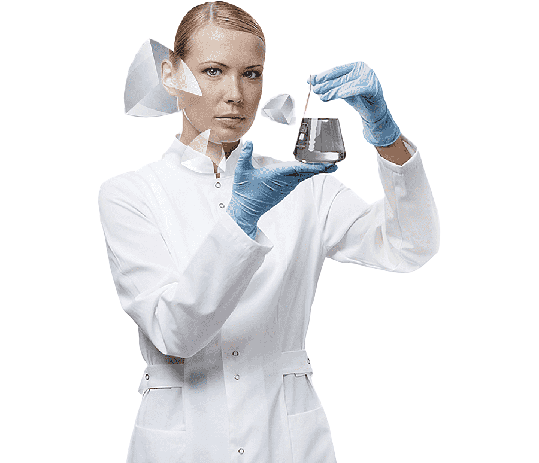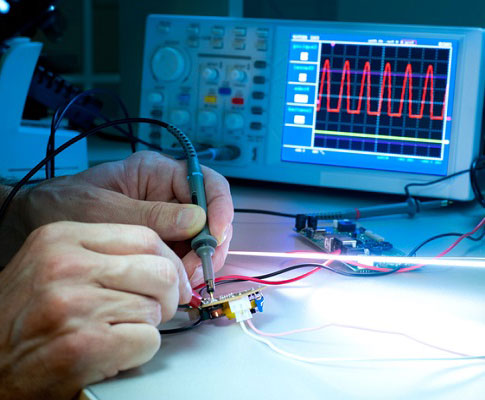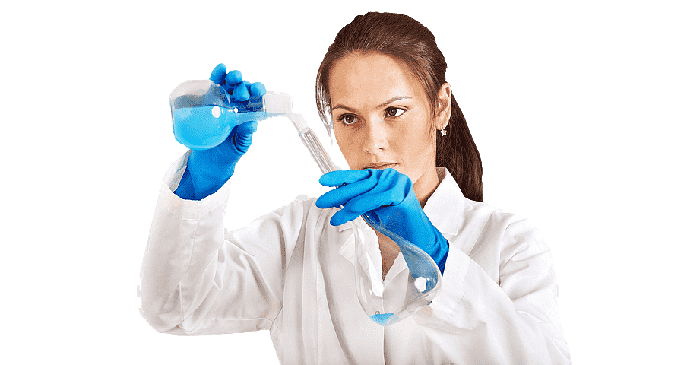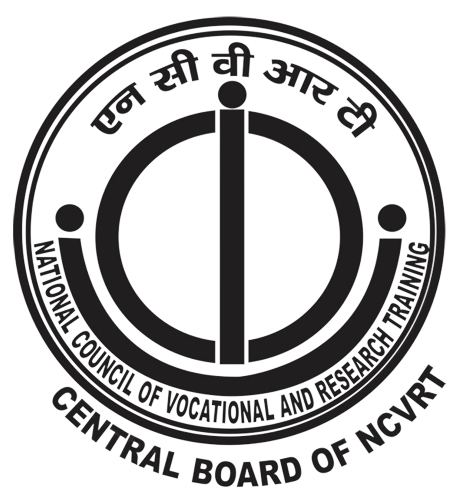PG Courses
Developing With a Passion While Exploring The World.
Postgraduate courses in X-ray technology or medical imaging are often offered by universities or institutions as part of their medical physics, radiology, or biomedical engineering programs. These courses typically cover topics related to X-ray imaging, radiation safety, medical image interpretation, and the underlying physics and technology of X-ray machines.

“Overall employment of radiologic and MRI technologists is projected to grow 9 per cent from 2018 to 2028.”
A Postgraduate Diploma in Medical Laboratory Technology (PG DMLT) is a specialized program that offers advanced education and training in various aspects of medical laboratory technology. This includes laboratory techniques, diagnostics, medical testing procedures, and quality assurance. The program typically covers subjects like clinical chemistry, microbiology, hematology, immunology, and molecular diagnostics. Graduates of PG DMLT programs often work as medical laboratory technologists, conducting and analyzing tests to aid in the diagnosis and treatment of diseases. The specific curriculum and duration of the program can vary depending on the institution offering it.
A Postgraduate Diploma in Medical Laboratory Technology (PG DMLT) is an advanced program focused on medical laboratory techniques and diagnostics. It covers clinical chemistry, microbiology, hematology, immunology, and molecular diagnostics. Graduates work as medical laboratory technologists, conducting tests for disease diagnosis and treatment. Program duration and curriculum vary by institution.
8 Month
Theory
18 - 30
Age
10th & Above
Eligibility
1 Year
Duration
4 Month
On Job Training

What will you learn?
- Radiographic Procedures
- Learn how to create x-rays of body using the X-ray machines. A part of body is exposed to ionizing radiation to produce an image.
- Learn how to position the patients for X-ray and electrocardiogram procedures.
- Explore the basic aspects of anatomy and physiology, a scientific study of human structure.
- Study radiology physics involving the application of physics concepts, methods and theories to medicines.
Here are some frequently asked questions about nursing courses:
What is the eligibility criteria for nursing courses?
What are the different types of nursing courses?
• What are the benefits of pursuing a career in nursing?
• How long does it take to complete a nursing course?
• What is the average salary of a nurse?
• What are the job prospects for nurses?
• What are the different specializations available in nursing courses?

Practical:
Practical conducted in stimulated labs that are highly equipped with modern facilities to help students develop a broad understanding of fundamental concepts and learn how to operate different imaging equipment.
On-the-Job-Training:
Students are placed for on-job training to learn by observing and handling the job under the guidance of healthcare professionals. It provided them with a better industrial exposure to learn new skills in the real-working environment from healthcare experts.
Study Tours:
Industrial visits or study tours to leading hospitals to help them learn intricate nuances of X-ray and electrocardiogram procedures from professionals and ensure our students develop required competency mandatory for career planning.
FAQ
Most frequent questions and answers
X-ray technicians, also known as radiologic technologists, are medical support professionals who specialize in the operation of x-ray equipment. … Between procedures, technicians maintain x-ray equipment to ensure that it is in good working order.
10th passed from a recognized board.
DMLT is a good career choice as DMLT is a fast growing job market with a 21% projected increase from 2012 to 2022.
DMLT, also called radiologic technologists, operate imgaing machines to produce medical images of a patient’s body.
It is a fast growing career. Professionals having excellent technical and analytical skills are in great demand as they operate imaging technology equipment which helps doctors to diagnose illness.


